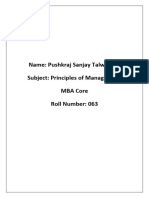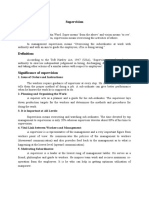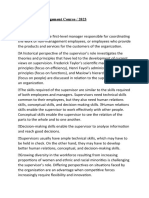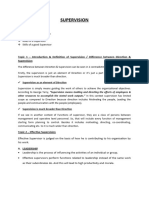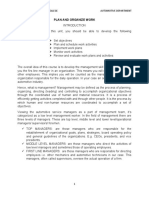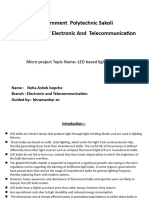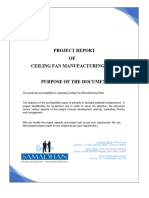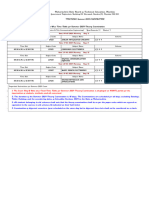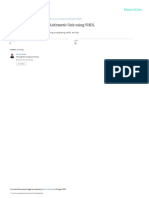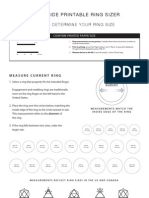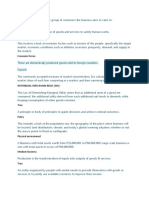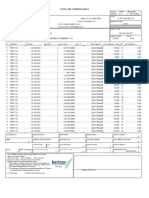0% found this document useful (0 votes)
53 views16 pagesNishu MAN File
The document discusses the role of supervisors from a performance management perspective. It examines which competencies influence an employee's likelihood of becoming a supervisor and whether supervision programs effectively improve subordinate performance. The document also outlines responsibilities, functions, and importance of supervisors in directing employees and controlling work.
Uploaded by
Hitesh TumsareCopyright
© © All Rights Reserved
We take content rights seriously. If you suspect this is your content, claim it here.
Available Formats
Download as PDF, TXT or read online on Scribd
0% found this document useful (0 votes)
53 views16 pagesNishu MAN File
The document discusses the role of supervisors from a performance management perspective. It examines which competencies influence an employee's likelihood of becoming a supervisor and whether supervision programs effectively improve subordinate performance. The document also outlines responsibilities, functions, and importance of supervisors in directing employees and controlling work.
Uploaded by
Hitesh TumsareCopyright
© © All Rights Reserved
We take content rights seriously. If you suspect this is your content, claim it here.
Available Formats
Download as PDF, TXT or read online on Scribd
/ 16

